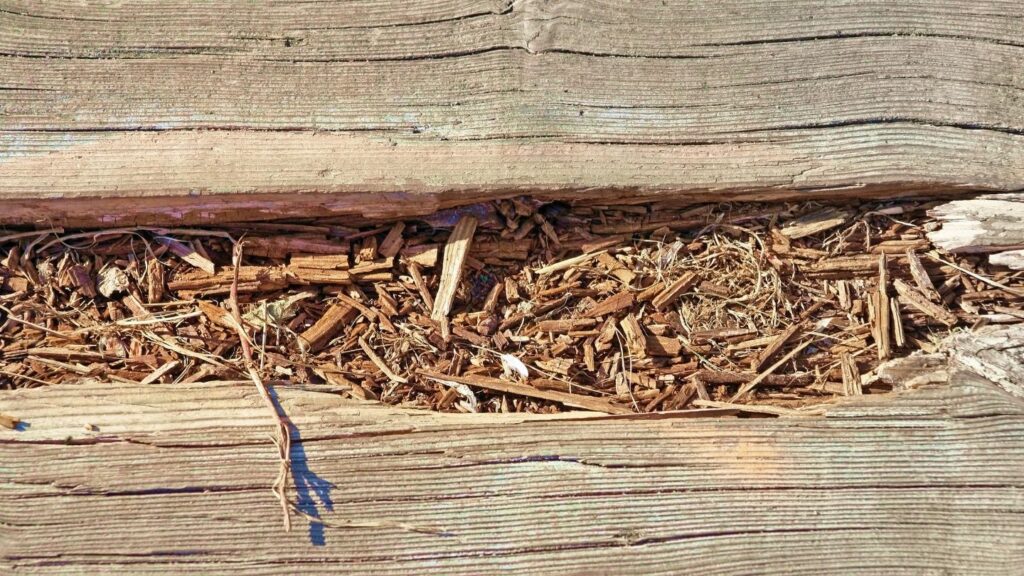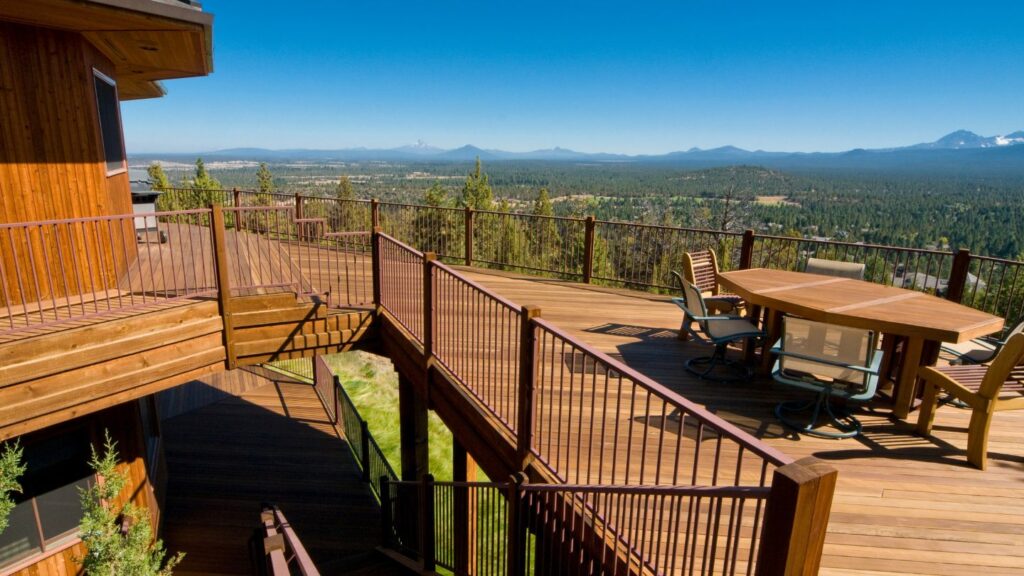With a mix of warm, humid summers and cold, snowy winters, wood decking just doesn’t seem to last very long in Northeast Ohio. While many factors can contribute to the lifespan of a deck – shade, moisture, traffic, or even the specific type of treated wood used – there are a few steps that can be taken to help extend the life of any wooden deck.
- Sealing the cut boards – There are hundreds of cuts on a deck and each cut makes fresh lumber susceptible to moisture and decay. The ends of the boards can be sealed even before installation to help prevent splitting and checking.
- Waiting the appropriate time to seal the finished deck – The biggest concern with pressure treated wood is its moisture content. A few weeks of air drying a deck in the spring or summer is probably enough time for the stain to penetrate properly. If you’re not sure if it’s dry enough for staining, pour a little water on the wood. If it beads up, it’s still too wet. It it’s absorbed into the wood easily, it’s ready to be sealed.
- Using a penetrating sealer stain – There are many stain and sealer products on the market, but some are better than others. We recommend using an oil based penetrating stain. This type of stain soaks into the boards and doesn’t leave a film on the surface that will peel over time. It’s a protective layer that won’t wear away from surface traffic, and you’ll never have an old layer of paint to peel off before reapplication.
- Elevating your deck – Wood doesn’t like moisture. One of the best things you can do for a deck surface is to elevate it off the ground enough to keep the air moving and the boards dry.
- Performing regular maintenance – Wood will move, crack, and shrink over time. These defects can be lessened if, when a crack starts to form, it is quickly filled and sealed with an exterior wood filler to minimize exposure to moisture and rot.
With a little preventative maintenance, even a wood deck can be a beautiful long lasting option.





